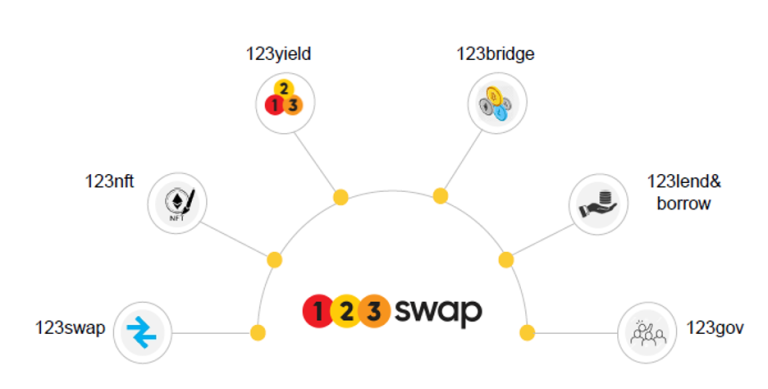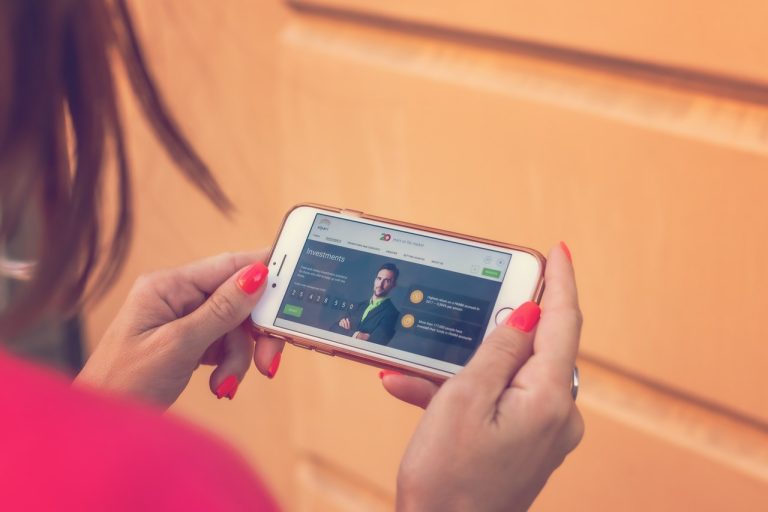Decentralized finance is one of the new advancements brought about by blockchain technology. Decentralized finance, often known as DeFi, is a technology that allows financial products to be made available on a public decentralized blockchain network. As a result, instead of passing via intermediaries like banks or brokerages, they are available to everybody. Unlike a bank or brokerage account, DeFi does not require a government-issued ID, Social Security number, or proof of address. DeFi is a system in which software developed on blockchains allows buyers, sellers, lenders, and borrowers to communicate peer to peer or with a solely software-based intermediary rather than a firm or organization completing a transaction.
Although blockchain has prospered in a variety of industries, its usage in banking and DeFi is particularly striking. There are now more decentralized networks and peer-to-peer networks to tackle financial banking concerns, borrowing and lending, and sophisticated financial instruments thanks to DeFi ecosystems.
Despite these ecosystems’ considerable success, DeFi is still in its development. As a result, ecosystems are frequently affected by particular hazards that impact their growth.
Challenges faced by most of the Defi ecosystems:
Exchanging cryptocurrency is a time-consuming and complicated operation. This is due to a variety of factors, including the fragmented nature of today’s crypto environment, which provides various hurdles to traders. Some of the major problems include:
- Most Defi ecosystems have a complicated interface,
- One of the most serious issues that most exchanges encounter nowadays is the lack of security.
- The verification procedure might take days, weeks, or even months for a new user to acquire account verification.
- For basic transactions, traders need to pay large fees and hidden taxes.
123 swap, The only solution to the problems faced by Defi users:
123swap provides an ecosystem of products and services that allow clients to swap, hold, transfer, receive, earn, and invest tokens across various chains in a single transaction…
The platform has created its method of exchanging cryptocurrencies in order to minimize obstacles like a confusing interface, hidden fees, a time-consuming registration procedure, and so on, and to simplify the entire process for the end-user.
123SWAP is assisting us in solving complicated issues that were previously unsolved.
According to an announcement:
Tomas Ambrazas — the Co-founder & CEO at 123swap quoted:
“Our solution [is to] complete Binance smart chain and Ethereum chain’s edits for swaps, farming, yield products, as well as their governments. So you can use the two most popular chains for all swapping, and farming. You can likewise, add, and remove liquidity, as well as check all our systems to see how it’s working. It’s live and fully working,”
It handles the following domains, allowing its customers to accomplish several functions on a single platform:
- Portfolio Management
- Liquidity Pools
- DEX & SWAP Aggregator
- Cross-Chain Asset Swap
- Best yield methods in one location
The 123SWAP platform has everything under one roof.123swap returns financial authority to the people, allowing them to save and generate money collectively.
More info https://123swap.finance/













 Bitcoin
Bitcoin  Ethereum
Ethereum  Tether
Tether  XRP
XRP  USDC
USDC  Solana
Solana  TRON
TRON  Lido Staked Ether
Lido Staked Ether  Cardano
Cardano  Avalanche
Avalanche  Toncoin
Toncoin